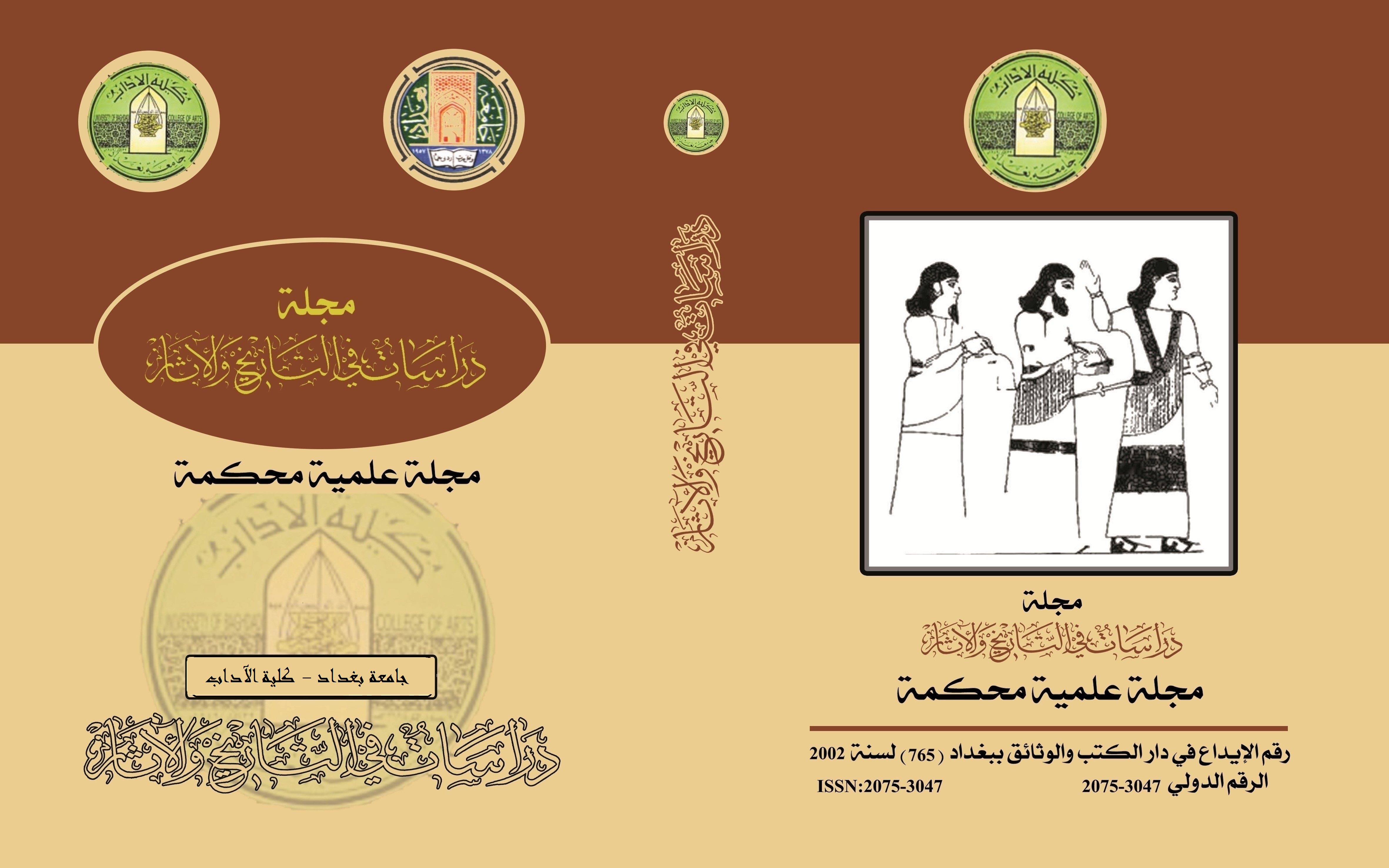هزيمة حكومة راجيف غاندي في الانتخابات التاسعة الهندية عام 1989
الكلمات المفتاحية:
الهند، راجيف غاندي، السياسة الداخلية، جنوب أسياالملخص
مثلت الهند تجربة رائدة في العالم النامي من حيث مبادئ الديمقراطية والتعددية الحزبية وإعطاء دور مهم ومؤثر للمعارضة السياسية، وأثبات إمكانية تطبيق الديمقراطية, إذ نجحت في تحقيق الاندماج الوطني للسياسات الهندية على الرغم من وجود بعض المشاكل التي تستجد مع كل متغير, فضلا عن نجاح التجربة البرلمانية الهندية بتنوع أيدولجيات أحزابها السياسية, وقاد راجيف غاندي الهند في مرحلة مهمة من تاريخها، وعمل على تعزيز الأسس الديمقراطية وتقوية حكم القانون في البلاد, وكان تعزيز الديمقراطية أحد أهم أغراض راجيف غاندي, فقام بتعزيز قيم الشفافية والمشاركة الشعبية وحقوق المواطنين, وأدرك غاندي أهمية تمكين الشعب الهندي وضمان مشاركته في صنع القرارات.
المراجع
أ – الرسائل والأطاريح
- عبد الكريم جاسم محمد، صنع السياسات العامة في الهند، رسالة ماجستير غير منشوره جامعة بغداد، كلية العلوم السياسية، 2016.
ب – الكتب والدراسات العربية
- أحمد الإبراشي , انتخابات الهند ومستقبل حزب المؤتمر ، السياسة الدولية ، العدد ٩٩٠ ، يناير ،1990.
- عبد الرحمن عبد العال، التجربة الهندية في نصف قرن، مجلة السياسة الدولية، العدد 130، مركز الاهرام للدراسات السياسية والاستراتيجية, القاهرة ، 1997.
- باسم علي خريسان، الدول الفيدرالية في العالم دراسة في النظام السياسي الهندي، مطبعة تموز، دمشق، 2012.
ثانيا - المصادر الأجنبية
( ) Agrawal Meena, Rajiv Gandhi Diamond Pocket Books, New Delhi, 2004.
(2) David Blakeslee, Politics and public goods in developing countries, Evidence from the assassination of Rajiv Gandhi, Journal of Public Economics, vol. 163, 2008.
(3) Hardgrave Robert, India in 1984-1989, Confrontation Assassination and Succession, Asian Survey, vol. 25, no. 2, 1998.
(4) Hardgrave L. Robert, India: Confrontation Assassination and Succession, New Delhi, 1995.
(5) D.Kaarthikeyan, The Rajiv Gandhi Assassination: The Investigation, Sterling Publishers Pvt. Limited, 2015.
(6) Blakeslee David , Politics and public goods in developing countries: Evidence from the assassination of Rajiv Gandhi, Journal of Public Economics, vol. 163, 2018.
التنزيلات
منشور
إصدار
القسم
الرخصة

هذا العمل مرخص بموجب Creative Commons Attribution 4.0 International License.
:حقوق الطبع والنشر والترخيص
بالنسبة لجميع البحوث المنشورة في مجلة دراسات في التاريخ والآثار، يحتفظ الباحثون بحقوق النشر. يتم ترخيص البحوث بموجب ترخيص Creative Commons CC BY 4.0 المفتوح ، مما يعني أنه يجوز لأي شخص تنزيل البحث وقراءته مجانًا. بالإضافة إلى ذلك ، يجوز إعادة استخدام البحث واقتباسه شريطة أن يتم الاستشهاد المصدر المنشور الأصلي. تتيح هذه الشروط الاستخدام الأقصى لعمل الباحث وعرضه.
:إعادة إنتاج البحوث المنشورة من الناشرين الآخرين
من الضروري للغاية أن يحصل الباحثون على إذن لإعادة إنتاج أي بحث منشورة (أشكال أو مخططات أو جداول أو أي مقتطفات من نص) لا يدخل في نطاق الملكية العامة أو لا يملكون حقوق نشرها. يجب أن يطلب الباحثون إذنًا من مؤلف حقوق النشر (عادة ما يكون الناشر).
يطلب الإذن في الحالات التالية:
بحوثك الخاصة المنشورة من قِبل ناشرين آخرين ولم تحتفظ بحقوق النشر الخاصة بها.
مقتطفات كبيرة من بحوث أي شخص أو سلسلة من البحوث المنشورة.
استخدم الجداول والرسوم البيانية والمخططات والمخططات والأعمال الفنية إذا لم يتم التعديل عليها.
الصور الفوتوغرافية التي لا تملك حقوق لنشرها.
لا يطلب الإذن في الحالات التالية:
إعادة بناء الجدول الخاص بك مع البيانات المنشورة بالفعل في مكان آخر. يرجى ملاحظة أنه في هذه الحالة يجب عليك ذكر مصدر البيانات في شكل "بيانات من ..." أو "مقتبس من ...".
تعتبر عروض الأسعار القصيرة معقولة الاستخدام العادل ، وبالتالي لا تتطلب إذنًا.
الرسوم البيانية ، الرسوم البيانية ، المخططات ، الأعمال الفنية التي أعاد الباحث رسمها بالكامل والتي تم تغييرها بشكل ملحوظ إلى درجة لا تتطلب الاعتراف.
الحصول على إذن
لتجنب التأخير غير الضروري في عملية النشر ، يجب أن تبدأ في الحصول على أذونات في أقرب وقت ممكن. لا يمكن لمجلة الآداب نشر بحث مقتبس من منشورات أخرى دون إذن.
قد يمنحك مالك حقوق الطبع والنشر تعليمات بشأن شكل الإقرار الواجب اتباعه لتوثيق عمله ؛ بخلاف ذلك ، اتبع النمط: "مستنسخ بإذن من [المؤلف] ، [كتاب / المجلة] ؛ نشره [الناشر] ، [السنة]." في نهاية شرح الجدول ، الشكل أو المخطط.



















